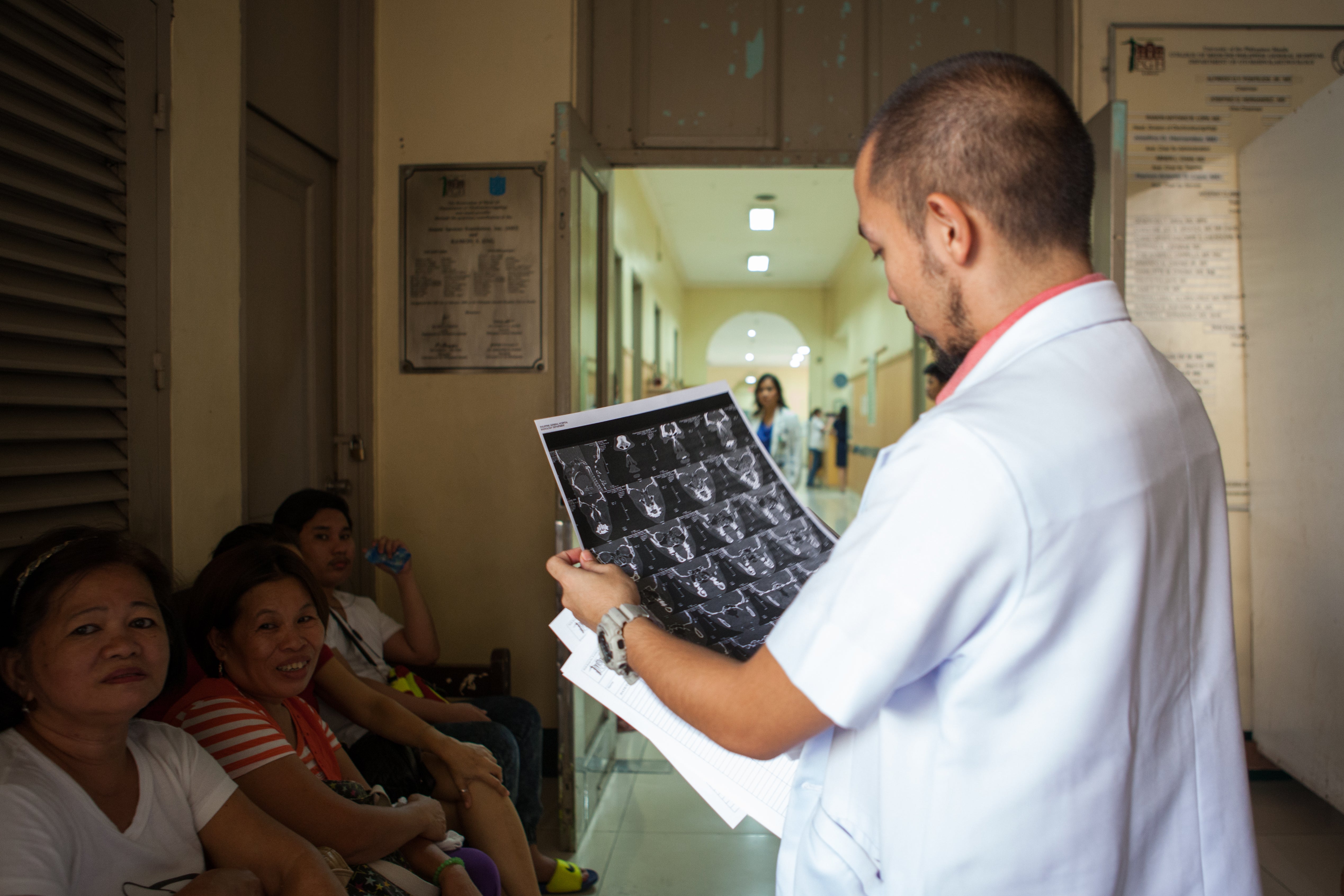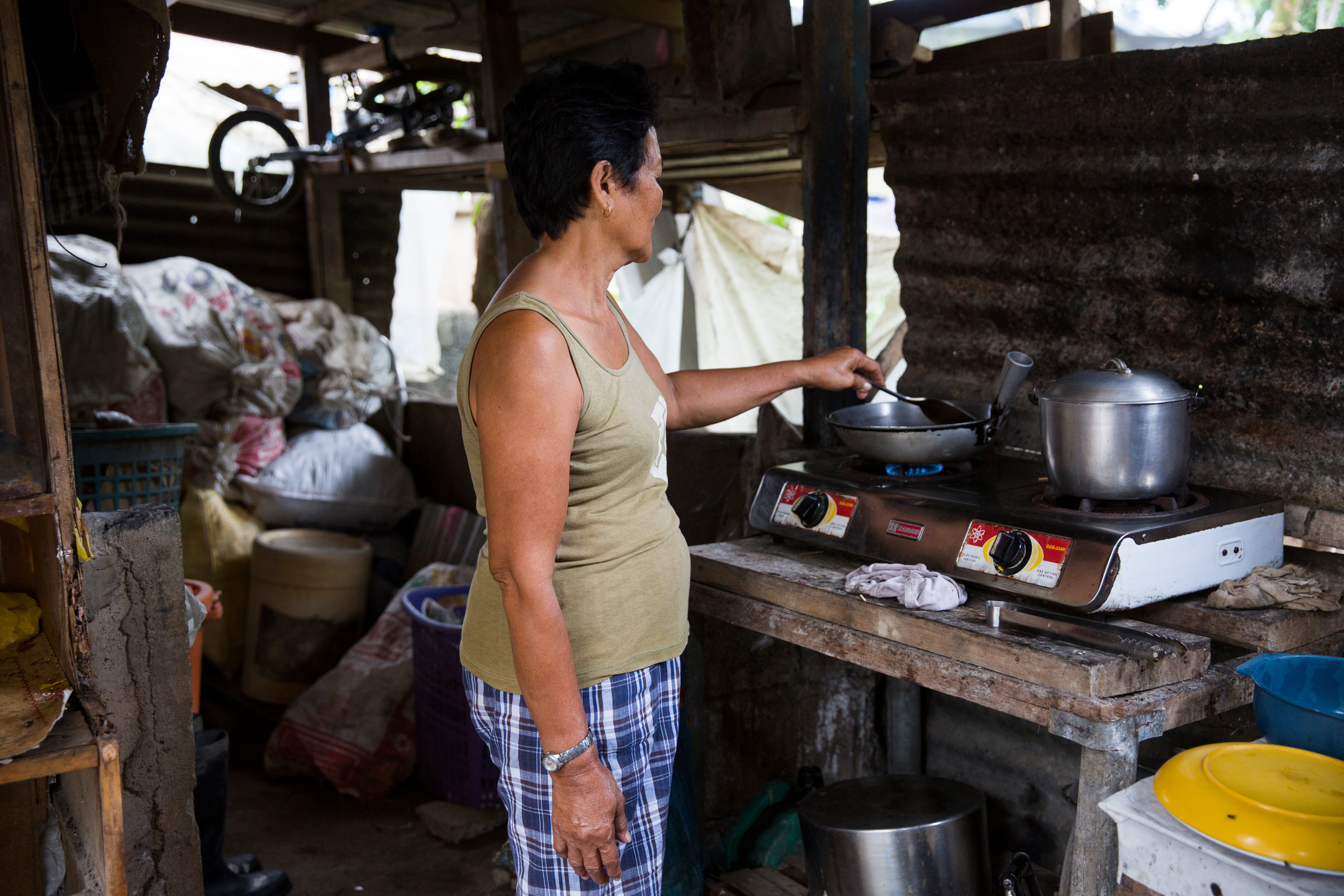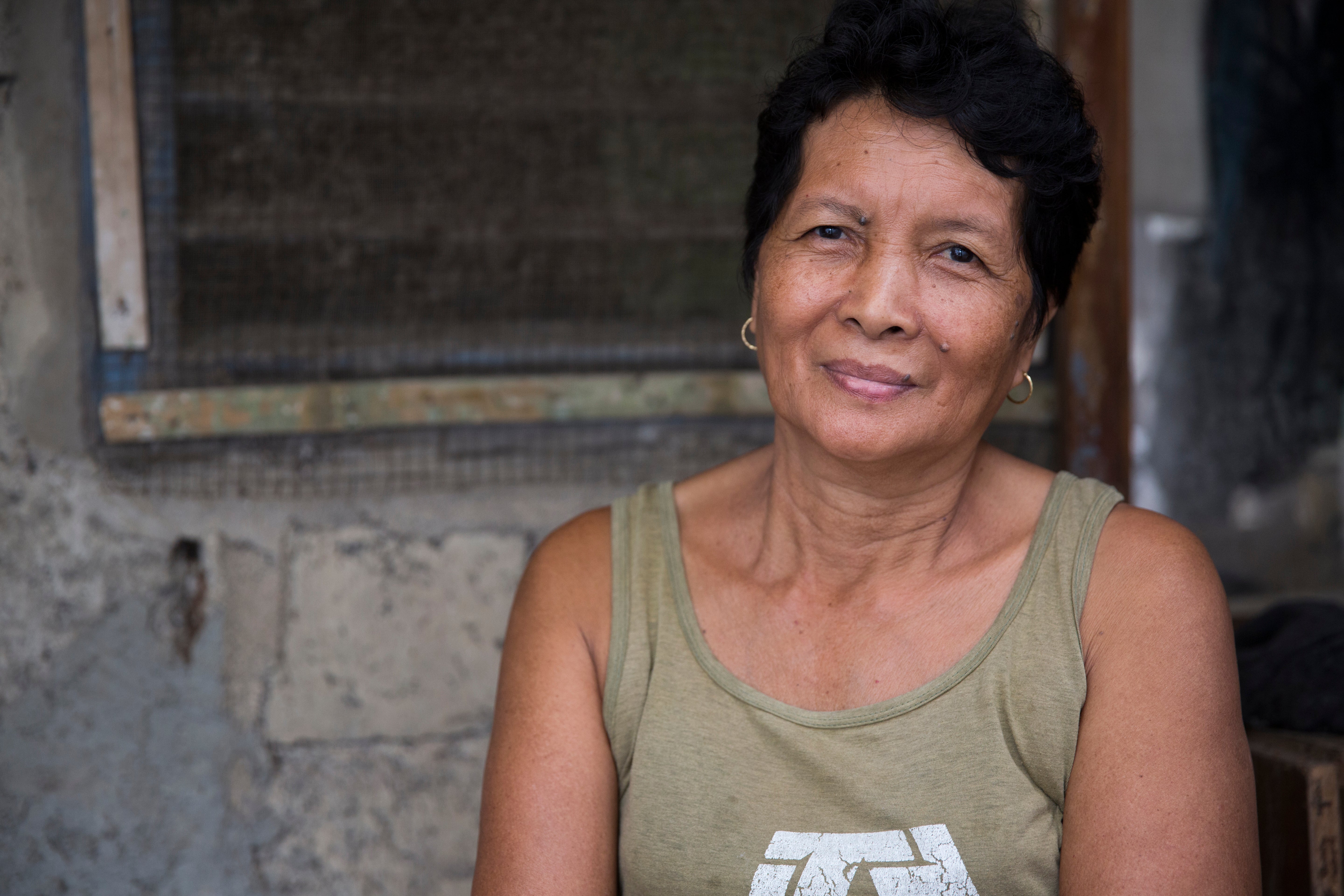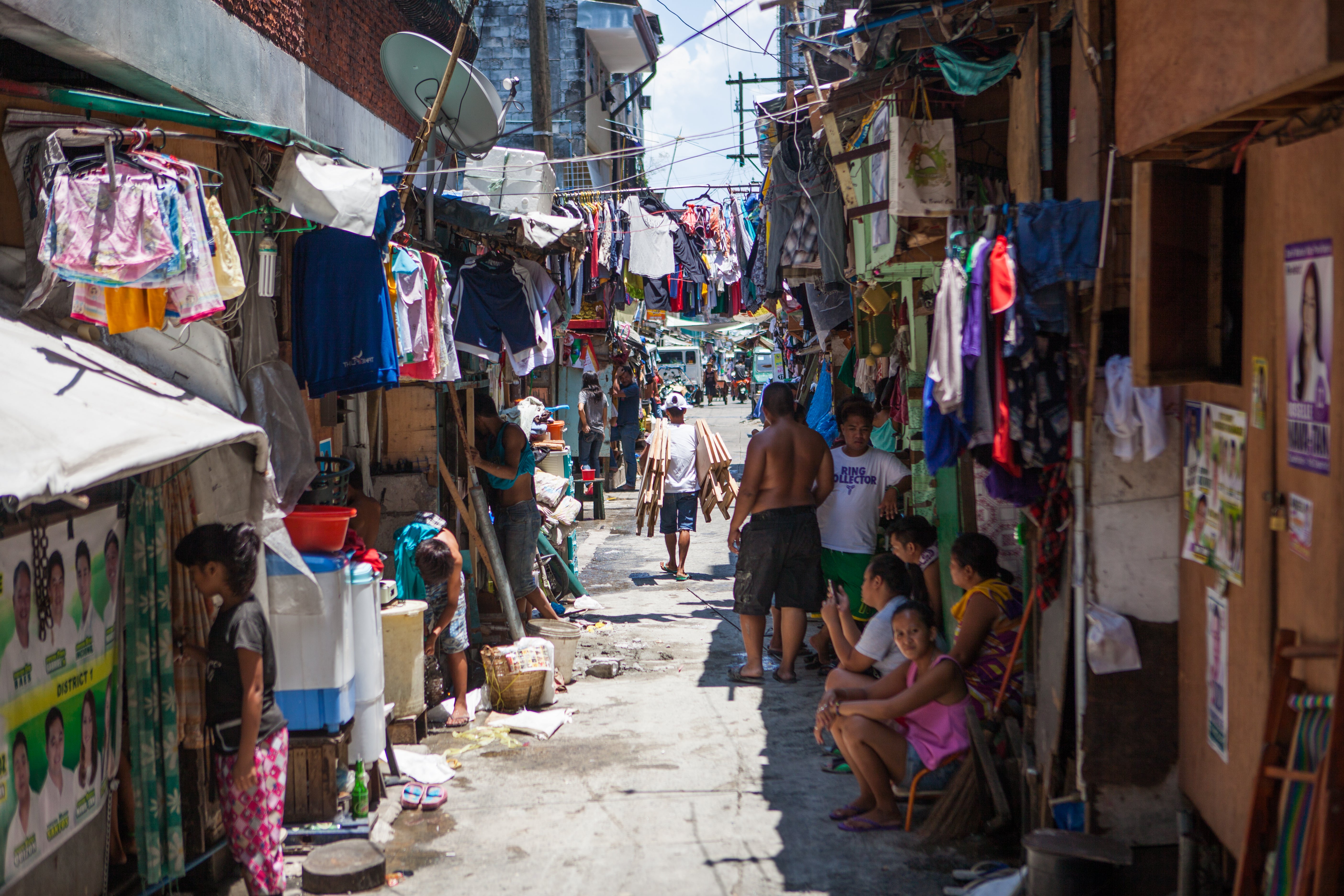Philippines
From 2000 to 2017, the Philippines made steady progress in reducing anemia prevalence, from 33% to 22%, among women of reproductive age.
CONTENTS
KEY INSIGHTS
Improved access to high-quality health care, including family planning and micronutrient supplementation
National prioritization of improving women’s health and nutrition led to improved access to and utilization of family planning and micronutrient supplementation

In 2008, the Philippine Department of Health implemented the Maternal, Newborn and Child Health and Nutrition strategy, a comprehensive and integrated approach to improving women’s health and nutrition. This led to policies and programs aimed at improving reproductive health and micronutrient intake for women, including the Responsible Parenthood and Reproductive Health Act (2012) and universal micronutrient supplementation policies.,,
Advances in women's nutrition and dietary intake
National food fortification programs and programs focused on improved dietary diversity via community gardens were key pillars for improved dietary micronutrient intake
The Philippine Food Fortification Act (2000) enacted mandatory fortification of staple foods and voluntary fortification of processed foods. This policy served as the foundation for supplementation of flour, oil, and sugar with vitamin A, and supplementation of flour and rice with iron.
The Philippine Plan of Action for Nutrition focused on improving dietary diversity of households via home food production, community gardening, and gulayan sa paaralan (school vegetable gardening).,

Improved women's economic status via conditional cash transfers
Poverty alleviation via conditional cash transfers targeting underserved and poorer populations was a primary driver for anemia reduction

The Pantawid Pamilyang Pilipino Program, implemented in 2008, provided conditional cash transfers based on participation in routine antenatal care visits, micronutrient supplementation, and postnatal care.
Between 2008 and 2018, the gap in anemia prevalence among women of reproductive age between the poorest and wealthiest quintiles declined; the gap was 7% in 2008 (28% among the poorest, 21% among the wealthiest), and it declined to 2% in 2018 (13% among the poorest, 11% among the wealthiest).,,
Improved water, sanitation, and hygiene
National and local programs focused on provision of safe water and sanitation at the community level, thus decreasing the risk of anemia caused by infection
The community-led total sanitation program (2007) focused on safe water and sanitation improvements through the provision of toilet bowls and subsidies for latrine constructions, particularly in more-rural areas.
Between 2008 and 2018, the proportion of non-pregnant women of reproductive age in households with improved sanitation facilities increased from 87% to 97%; the proportion of non-pregnant women in households with an improved water source increased from 94% to 98%.,,

Philippines

Ask an Expert
Our team and partners are available to answer questions that clarify our research, insights, methodology, and conclusions.
